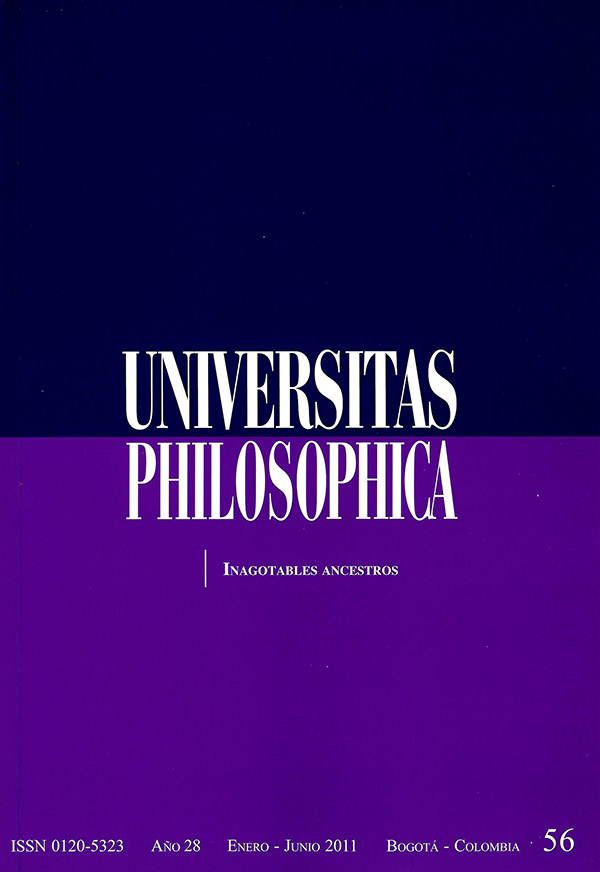Abstract
Duchamp’s legacy in contemporary art is manifest in the increasing importance of the conceptual dimension in art and in the separation of art and beauty. Art as a conceptual or intellectual activity is, thus, dissociated from a sensible appreciation of beauty. Plotinus’ metaphysics of the beauty challenges this separation between intellect and beauty by referring beauty to the perception of what is intelligible in the sensible. Accordingly, the thesis of this paper is that Plotinus’ metaphysics of the beauty illuminates social and political aspects of art that are of interest for understanding some important trends of contemporary art. In order to support this thesis, I will analyze Plotinus’ account of the relation between the sensible and the intelligible, and the concepts of participation and imitation as they appear in Enneads I 6[1] and VI 4 [22]. Finally, I will refer to Richard Box’s Fields of Light (2003) as an instance that clarifies this thesis.
This journal is registered under a Creative Commons Attribution 4.0 International Public License. Thus, this work may be reproduced, distributed, and publicly shared in digital format, as long as the names of the authors and Pontificia Universidad Javeriana are acknowledged. Others are allowed to quote, adapt, transform, auto-archive, republish, and create based on this material, for any purpose (even commercial ones), provided the authorship is duly acknowledged, a link to the original work is provided, and it is specified if changes have been made. Pontificia Universidad Javeriana does not hold the rights of published works and the authors are solely responsible for the contents of their works; they keep the moral, intellectual, privacy, and publicity rights.
Approving the intervention of the work (review, copy-editing, translation, layout) and the following outreach, are granted through an use license and not through an assignment of rights. This means the journal and Pontificia Universidad Javeriana cannot be held responsible for any ethical malpractice by the authors. As a consequence of the protection granted by the use license, the journal is not required to publish recantations or modify information already published, unless the errata stems from the editorial management process. Publishing contents in this journal does not generate royalties for contributors.


